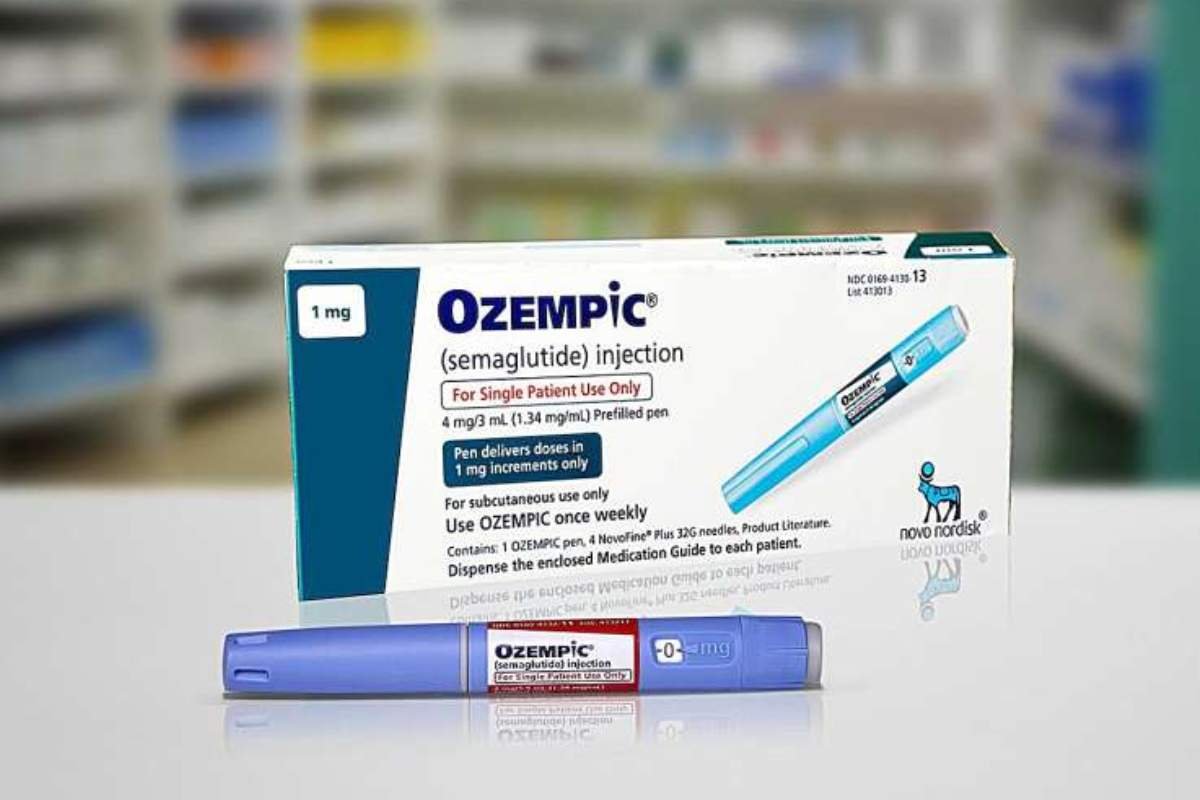A recent study published in the journal Pediatrics has revealed a significant increase in antidepressant prescriptions among tweens, teens, and young adults since 2016, with rates soaring by 66% through 2022. The study, based on data from the IQVIA Longitudinal Prescription Database, highlights a concerning trend that has accelerated, particularly during the pandemic, and disproportionately affects girls. Let’s delve deeper into the findings:
Pandemic Surge
While the uptrend in antidepressant prescriptions was already underway, the pandemic-induced quarantines led to a dramatic surge in rates, with prescriptions rising 63.5% faster for individuals aged 12 to 25. The isolation and uncertainty brought about by lockdowns likely exacerbated existing mental health issues, prompting more young people to seek pharmacological interventions for depression and anxiety.
Contributing Factors
Two key factors likely contributed to the surge in antidepressant prescriptions. Firstly, the widespread availability of remote healthcare options, such as telehealth, made it easier for individuals to access mental health services, including medication prescriptions, without the need for in-person visits. Secondly, the lengthy waitlists for traditional therapy may have compelled many to opt for medication as a more immediate solution to their mental health concerns.
The study revealed notable gender disparities in antidepressant prescriptions, particularly during the pandemic. Prescription rates surged by 129.6% for girls aged 12 to 17, and young women aged 18 to 25 sought treatment at a rate 57% higher than before. In contrast, prescription rates either decreased or remained steady for boys and young men. Experts caution that males often manifest depression and anxiety through externalizing behaviors like substance abuse, which may lead to underreporting and undertreatment.
Spike in youth antidepressant prescriptions
Role of Social Media
While the study suggests that pandemic-related social isolation may have contributed to the surge in antidepressant prescriptions, the role of social media in exacerbating mental health issues was not explicitly discussed. However, last year’s report by US Surgeon General Vivek Murthy highlighted social media’s significant impact on youth mental health, citing it as a major driver of depression and anxiety among young people.
Future Directions
Moving forward, researchers emphasize the need for further investigation to ascertain the specific drivers behind the surge in antidepressant prescriptions. Understanding whether the increase is primarily driven by changes in mental health status, improved access to care, or shifts in treatment approaches is crucial for developing targeted interventions. Additionally, identifying the most effective interventions for addressing youth mental health challenges will be essential in guiding future policy and clinical practice.
As the prevalence of antidepressant use among young people continues to rise, it is imperative to prioritize mental health support and intervention strategies that address the underlying factors contributing to this concerning trend.










